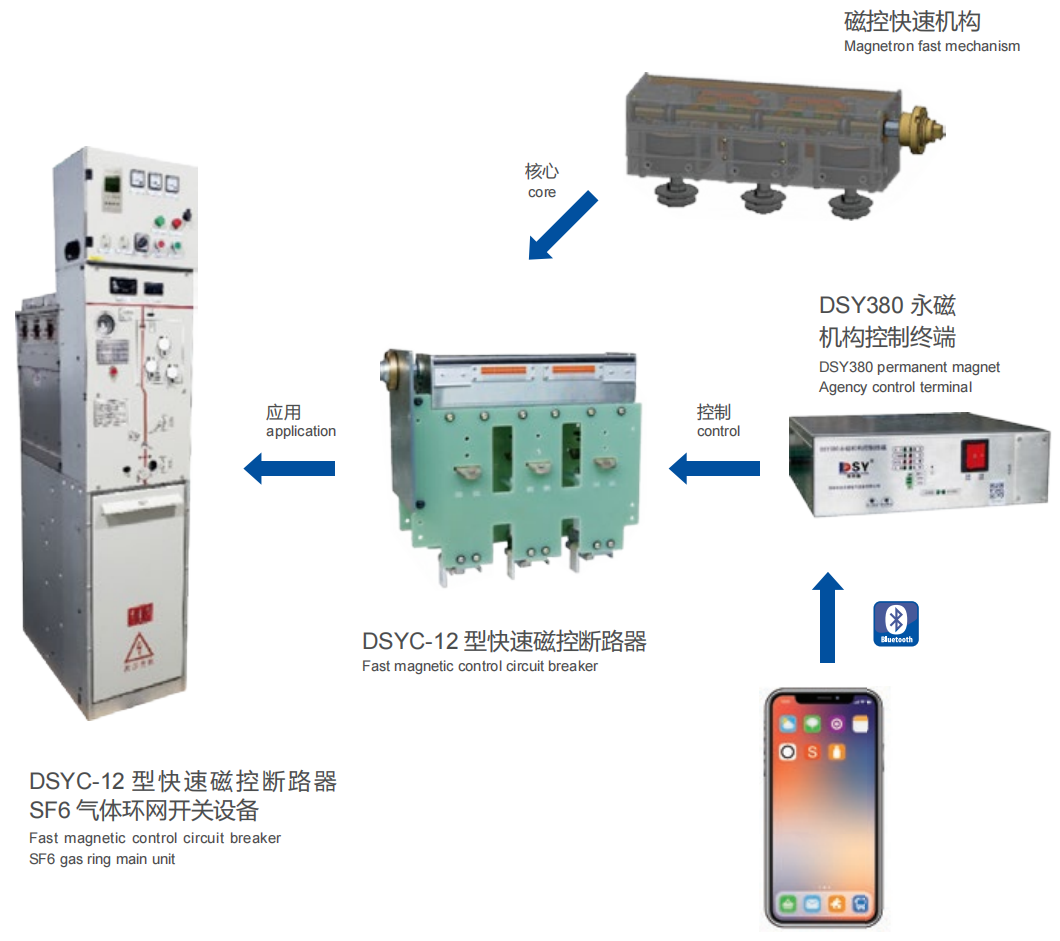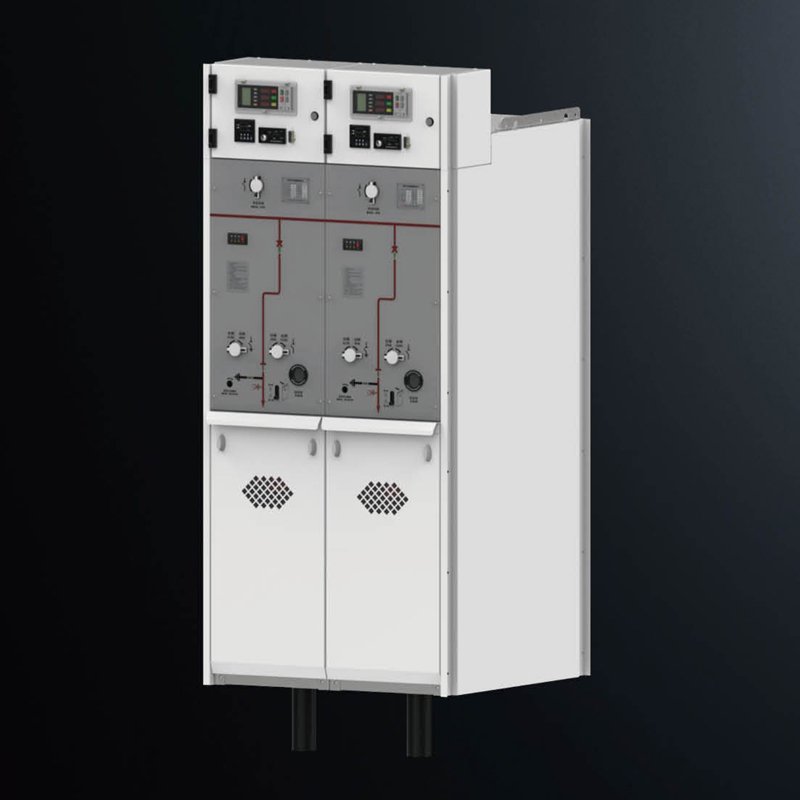RMU vs Switchgear: Key Differences & Buyer Selection Guide
Introduction
As a procurement manager or industrial buyer, your responsibility is to secure equipment that will pass inspection, meet project deadlines, and deliver long-term reliability. Choosing between a Ring Main Unit (RMU) and switchgear is not just a technical task—it’s a decision that impacts compliance, operational safety, downtime risk, and lifecycle cost. Select wrong, and you risk costly retrofits, FAT failures, and production losses. Select right, and you secure smooth commissioning, optimized performance, and predictable OPEX. This guide gives you the key technical and commercial insights to make a confident, specification-ready choice.
Understanding RMU & Switchgear from a Buyer’s Perspective
What is an RMU (Ring Main Unit)?
When evaluating an RMU, focus on how it fits looped MV distribution. RMUs are sealed, compact, and designed for quick fault isolation. You typically see them in 11–24 kV networks with 2–4 feeders. For buyers, the key questions are:
- Does the sealed gas-insulated design (SF6 or SF6-free) meet your utility’s environmental and maintenance policies?
- Will its limited expandability affect your 5–10 year load growth plans?
- Can it be integrated into your SCADA for remote fault management?

What is Switchgear?
Switchgear is a broader, modular solution covering LV, MV, and HV systems. For buyers, the focus should be on system flexibility and protection sophistication. It allows AIS or GIS insulation, withdrawable or fixed designs, and is common in plants, power stations, and data centers. Ask yourself:
- Will the modular design reduce future expansion cost?
- Does it allow advanced relay protection (50/51, 87, 67, etc.) to meet your protection coordination requirements?
- Is the footprint compatible with your substation layout?
Application Scenarios – Matching Product to Project
When to Choose RMU
Use RMUs where space is constrained, civil works must be minimal, and service continuity is critical. In procurement terms, RMUs reduce installation time and future maintenance overhead, but you must account for expansion limits in the technical specification.
When to Choose Switchgear
Select switchgear when protection complexity and scalability are priorities. In tendering, specify the bay count, busbar scheme, and relay requirements so vendors price an expandable, compliant solution. This prevents change orders when capacity needs increase.
Hybrid Approach
Some projects benefit from both: RMUs for incoming loop networks and switchgear for downstream distribution. As a buyer, ensure both are specified with compatible control protocols and tested for interoperability during FAT.
Buyer Selection Toolkit
1) Parameter Scorecard
Use a weighted scorecard to compare options based on project-specific priorities. This avoids price-only decisions that ignore lifecycle value.
| Parameter | Weight | RMU Score | Switchgear Score | Procurement Note |
|---|---|---|---|---|
| Voltage & Short-Circuit Rating | 15% | 4 | 5 | Match to system fault levels to avoid over/under-specification. |
| Protection Complexity | 20% | 3 | 5 | More complex protection may require full switchgear. |
| Space Constraints | 15% | 5 | 3 | Critical for urban or retrofit projects. |
| Expandability | 15% | 2 | 5 | Plan for 3–10 year growth at tender stage. |
| Maintenance Resources | 10% | 5 | 3 | Low-maintenance RMUs fit minimal O&M staffing. |
| Environmental Conditions | 10% | 5 | 4 | Corrosive/coastal sites favor sealed GIS designs. |
| Total Installed Budget | 15% | 4 | 3 | Include civil works, commissioning, and training. |
2) IEC & Utility Compliance Checklist
- Specify IEC 62271-200/-103 compliance with type/routine test certificates.
- Request internal arc classification (IAC) and ingress protection ratings upfront.
- Include FAT/SAT scope in the RFQ to ensure vendor readiness.
3) RFQ Line-Item Essentials
- One-line diagram, feeder count, busbar rating, relay models, communication protocols.
- Compliance documents, certifications, utility approvals.
- Delivery timelines, warranty terms, and after-sales service provisions.
Technical & Operational Differences – Procurement Impact
Architecture & Footprint
RMUs are compact and sealed; switchgear is modular and expandable. If future capacity growth is likely, the procurement risk of choosing RMU is high due to replacement costs.
Protection, Control & Automation
Switchgear supports advanced relay schemes; RMUs are basic. For buyers, under-specifying here risks non-compliance with grid codes and expensive retrofits.
Maintenance & Lifecycle
RMUs need minimal maintenance; switchgear requires periodic servicing. Factor your O&M resources into the decision to avoid operational bottlenecks.
Cost, Risk & TCO
| Factor | RMU | Switchgear | Buyer Alert |
|---|---|---|---|
| Initial Equipment Cost | Lower | Higher | Balance against expansion and downtime risks. |
| Civil Works | Minimal | Significant | Include in total installed cost comparison. |
| Downtime Risk | Low (fast isolation) | Variable | Quantify outage cost in lifecycle analysis. |
| Environmental Impact | Gas management | Eco-gas/AIS options | Align with ESG and regulatory commitments. |
Conclusion
From a procurement perspective, RMUs win in compact, low-maintenance, space-critical projects. Switchgear delivers value in complex, scalable, and protection-heavy installations. The safest path is to define your technical parameters, compliance requirements, and future expansion in the RFQ—then evaluate vendors using a weighted scorecard.
Act Now – Get Your Project-Specific Recommendation
Contact our engineering team today with your one-line diagram and project specs. We will prepare an IEC-compliant recommendation, a scored RMU vs Switchgear comparison, and a ready-to-issue RFQ template to fast-track your procurement process. Request your quotation now.





